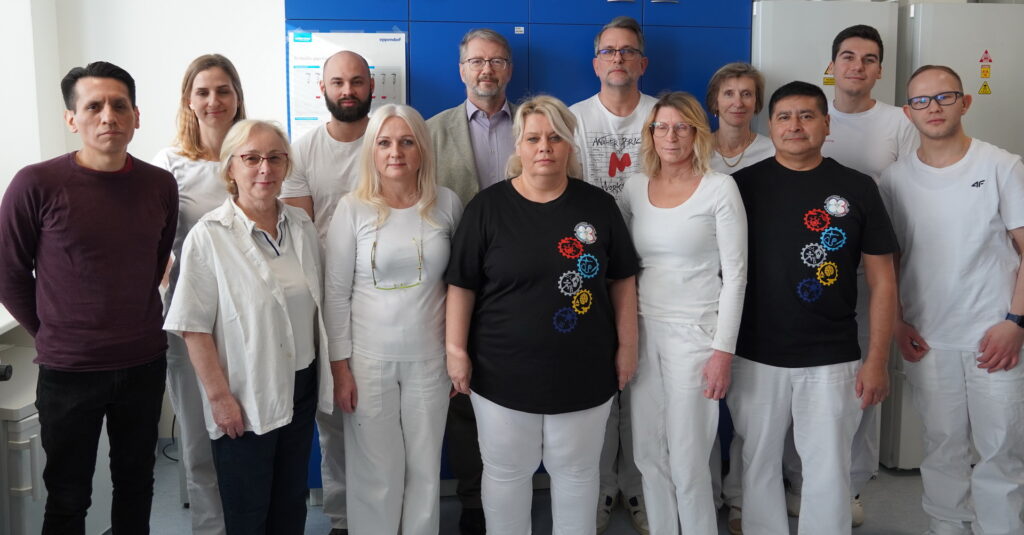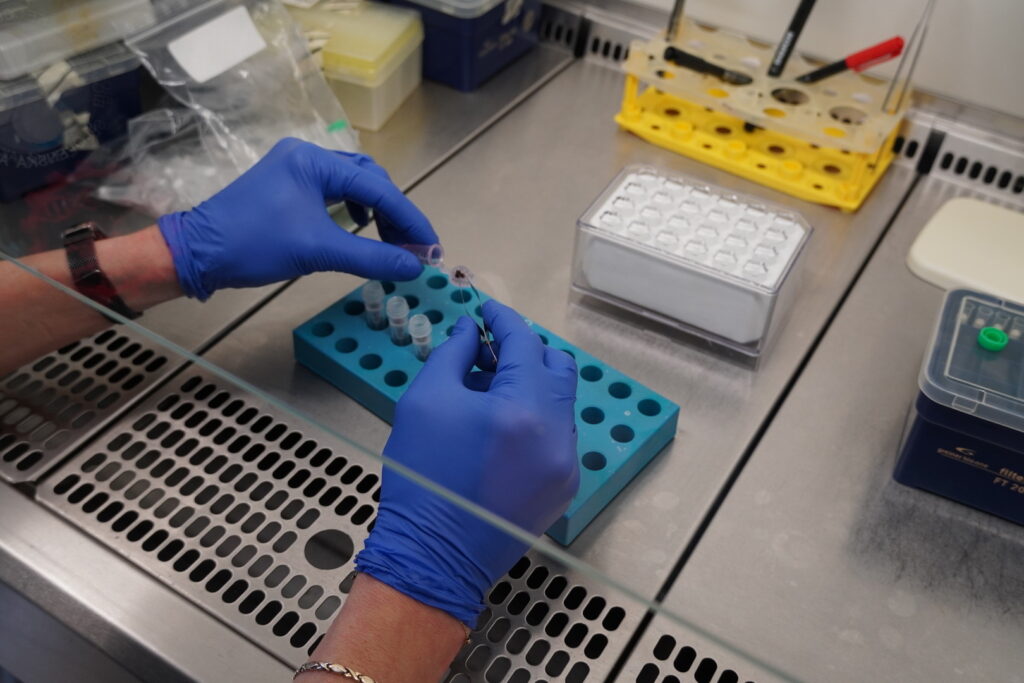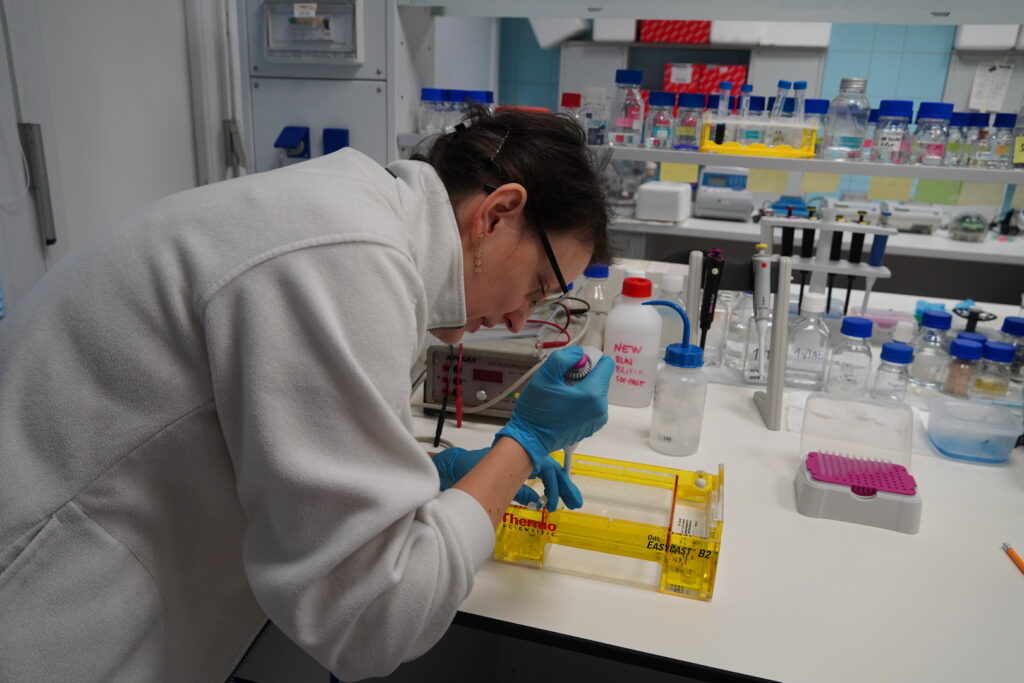Research Topic
Many Rickettsiae and related obligate intracellular bacteria, including Coxiella burnetii, are pathogenic to humans and animals causing zoonotic diseases, with domestic and wild animals as reservoirs. Rickettsiae are transmitted by ticks, mites, fleas, or lice, while C. burnetii is primarily spread via aerosols from infected animals.
Research focus:
- Mapping natural foci of tick-borne pathogens (Rickettsia, Coxiella, Anaplasma, Borrelia, Bartonella, and Babesia) and their ecological and epidemiological relationships.
- Isolating and characterizing new bacterial species using molecular, serological, and immunological methods.
- Uncovering host–pathogen interactions mechanisms and bacterial virulence strategies.
- Identifying molecules linked to antibiotic resistance and bacterial stress adaptation.
- Exploring the potential of photodynamic therapy for the inactivation of pathogens.
- Discovering biomarkers for improved diagnostics.
- Developing new subunit vaccines for disease prevention.
The department integrates two specialized laboratories:
- Laboratory for Diagnosis and Prevention of Rickettsial and Chlamydial Infections (link)
- Executive Laboratory of the National Reference Center for Rickettsioses (link)
Key achievements:
- Mapped prevalence of tick-borne pathogens in selected areas of Slovakia and identified hotspots.
- Isolated new bacterial species.
- Identified numerous C. burnetii surface and membrane-associated proteins, lipoproteins, and type IV secretion system effectors essential for virulence and intracellular survival.
- Defined the molecular basis of C. burnetii phase variation and linked specific enzymes to LPS biosynthesis.
- Characterized unique LPS sugars virenose and dihydrohydroxystreptose.
- Revealed mechanisms of doxycycline resistence.
- Inactivation of pathogens using photodynamic therapy.
- Discovered neuronal pathways and inflammatory mechanisms underlying Rickettsia neuroinfections.
- Developed recombinant antigen-based diagnostic assays for rapid detection of Q fever and rickettsioses.
- Created an effective C. burnetii vaccine candidate for small ruminants.
Photo Gallery






Head of the Research Group

Dr. Ľudovít Škultéty is a renowned scientist in microbiology and biochemistry, specializing in the structural and functional analysis of biomarkers using advanced mass spectrometry techniques. He has authored over 100 scientific papers, four book chapters, and more than 200 conference contributions. His work has been cited over 1,500 times. In 2024, he received the Slovak Academy of Sciences Award for his outstanding contributions to vaccine development, diagnostic antigens, and research on antibiotic resistance in rickettsial infections.



